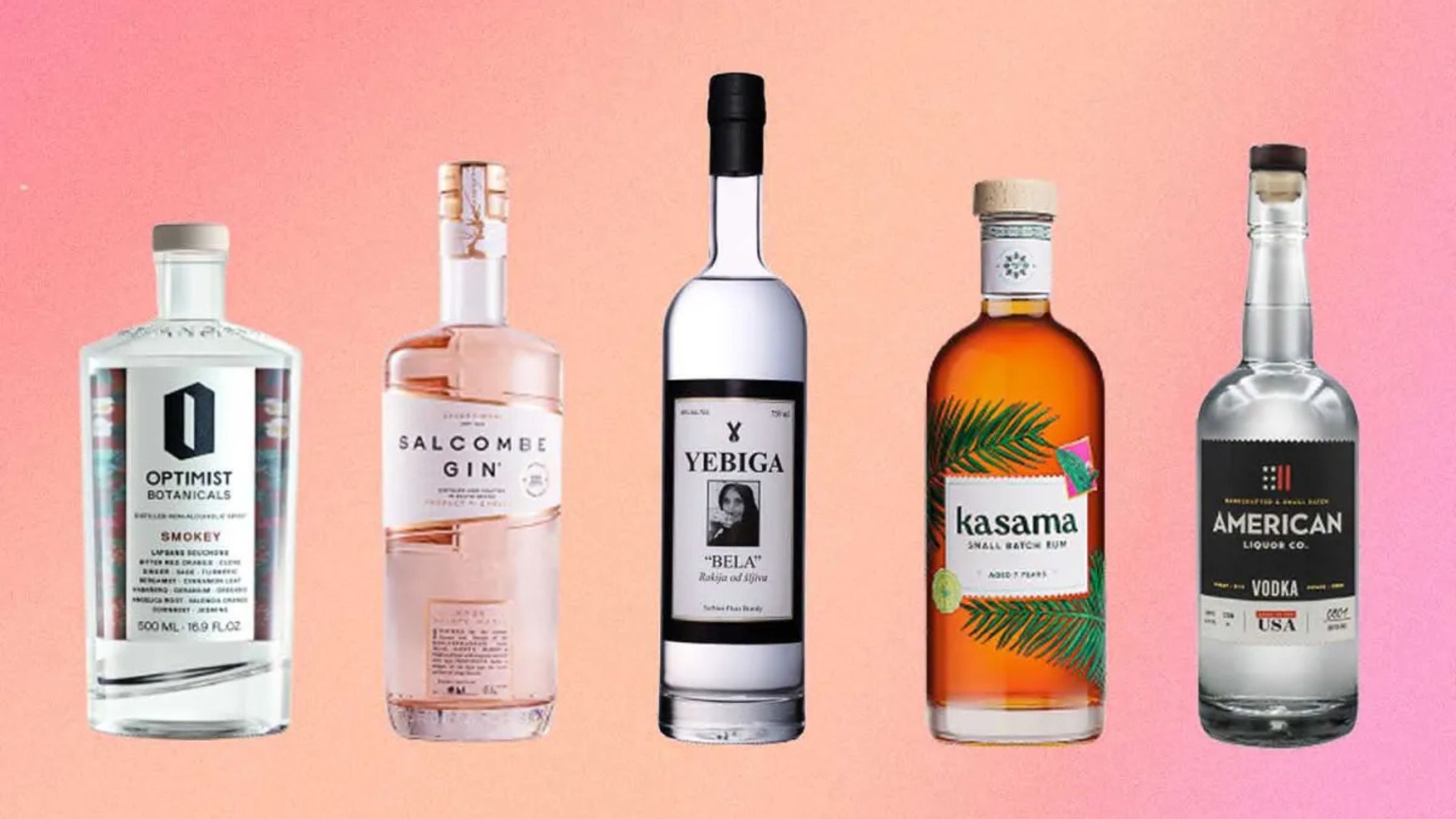Best Liquor Under ₹10,000 for a Perfect New Year 2026 Party
2025-12-05


Gin has long held a place in bars and home cabinets alike, celebrated for its sharp, botanical character and refreshing flavor. But for many casual drinkers or even cocktail enthusiasts, questions still linger: What exactly is gin? What sets it apart from spirits like vodka, rum, or whiskey?
Let’s break it down in simple terms—no jargon, no fluff—just the real facts, with flavor and character, much like gin itself.
Gin is a distilled alcoholic beverage that owes its signature taste to juniper berries. In fact, for a spirit to legally be called "gin," juniper must be its primary flavor. That's what gives gin that crisp, piney aroma and slightly citrusy kick.
Historically, gin originated in the Netherlands as “genever,” a medicinal tonic believed to cure ailments. British soldiers discovered it in the 1600s and brought it home, where it became a national obsession. Fast forward to today, and gin has evolved into a modern, versatile base for cocktails, crafted by distillers across the globe.
Gin starts with a neutral grain spirit, usually distilled from wheat, barley, or corn. This is the blank canvas. Then comes the real artistry: infusing it with botanicals—natural flavorings like herbs, spices, seeds, peels, and roots.
Here are some of the most common botanicals found in gin:
These ingredients are either steeped directly in the spirit or suspended so that vapors pass through them during distillation.
While the basic ingredients may be similar to other clear spirits, gin’s production stands apart due to its flavoring process. There are three primary methods:
Botanicals are soaked in the neutral spirit and then redistilled. This draws out deeper, more intense flavors.
Botanicals are placed in baskets above the spirit, so as the alcohol vapors rise, they pick up the aromatic oils.
Flavors are added post-distillation, similar to how flavored vodkas are made. While this is quicker and cheaper, the quality tends to be lower than distilled gin.
Gin isn't just gin. There are several styles, each with its own personality:
Here’s how gin stands out from the crowd:
Both begin with a neutral spirit, but vodka is intentionally plain—designed to be smooth and flavorless. Gin, on the other hand, is layered and aromatic, thanks to its botanicals. It’s a spirit with personality.
Rum is made from sugarcane byproducts like molasses, which gives it a naturally sweet, caramel tone. Gin has a herbal, sometimes spicy edge. The two serve different cocktail needs—think mojitos for rum, martinis for gin.
Whiskey is aged in barrels and made from fermented grains, which gives it a rich, smoky, and often oaky taste. Gin is not aged (usually) and leans clean and crisp. They're at opposite ends of the flavor spectrum.
Tequila is distilled from agave and has a vegetal, earthy flavor with a completely different origin and character. While gin is more neutral at its core, tequila brings a distinctive, sometimes peppery finish.
Gin is known for its mixability. Whether you like it classic or adventurous, gin has something to offer:
Read also: Bombay Sapphire Gin Review: Taste, Price & Perfect Cocktails
Want to explore the world of gin? These respected names are a great place to start:
Gin is more than just a base for cocktails—it’s a spirit with history, diversity, and elegance. From classic London Dry to new-world botanical blends, gin offers a sensory experience unlike any other.
If you’ve only ever sipped vodka or whiskey, gin might surprise you. It brings something refreshing to the table: character. So next time you're mixing a drink or browsing the liquor aisle, don't pass it by—give gin the attention it deserves.
For regular updates : join WhatsApp channel